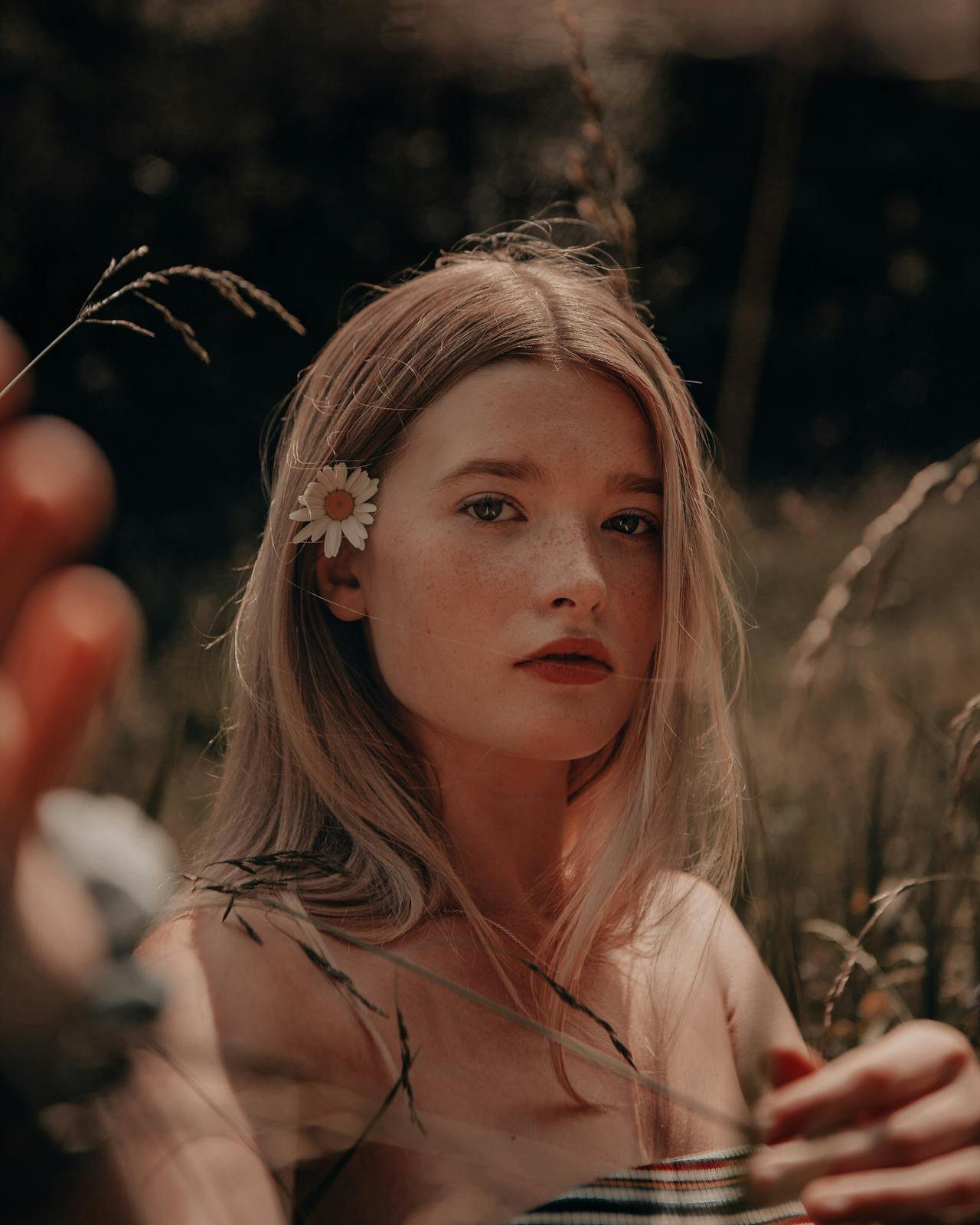Flower arrangement theory is a delightful blend of artistry, science, and a dash of magic. Let’s dive into the world of petals, stems, and harmonious compositions.
1. Tools and Materials
Before we start arranging, let’s gather our tools:
-
Floral shears or scissors: Essential for cutting stems cleanly.
-
Vases or containers: Choose vessels that complement your style.
-
Floral foam or frog pins: These help hold stems in place.
-
Water: Keep those blooms hydrated!
-
Floral tape and wire: Useful for structural support.
2. Principles of Flower Arrangement
Here are six fundamental principles to guide your creativity:
-
Balance: Achieve visual equilibrium by distributing flowers evenly. Consider both size and color.
-
Proportion: Think about the relationship between flowers, foliage, and the container. Avoid overcrowding.
-
Rhythm: Create movement by repeating shapes or colors throughout the arrangement.
-
Contrast: Combine different textures, shapes, and colors for interest.
-
Harmony: Ensure that all elements work together harmoniously.
-
Unity: The arrangement should feel cohesive, like a well-composed melody.
3. Styles of Flower Arrangement
Explore various styles:
-
Ikebana (Japanese): Minimalistic, emphasizing balance and space.
-
English Garden: Romantic, with a mix of garden flowers and foliage.
-
Contemporary: Bold, often asymmetrical, and experimental.
-
Mass Arrangements: Full and lush, using many flowers of the same type.
-
Linear Arrangements: Stems arranged in a straight line.
4. Choosing Flowers
Consider the occasion, season, and symbolism:
-
Roses: Love and passion.
-
Lilies: Purity and rebirth.
-
Tulips: Elegance and grace.
-
Sunflowers: Joy and positivity.
-
Orchids: Exotic beauty.
5. Color Theory
Colors evoke emotions:
-
Red: Passion, love, and energy.
-
Yellow: Happiness, friendship, and warmth.
-
Blue: Calmness and serenity.
-
Purple: Royalty and creativity.
-
White: Purity and innocence.
6. Flower Preservation
Extend the life of your arrangement:
-
Change water regularly: Fresh water prevents bacterial growth.
-
Trim stems: Cut at an angle to allow better water absorption.
-
Remove wilted blooms: They can spoil the whole bunch.
7. Resources and Inspiration
Explore floral blogs, books, and workshops. One great resource is The Floral Society’s complete guide1. They cover everything from techniques to seasonal blooms.
Flower arranging is an art form—so let your creativity bloom!

